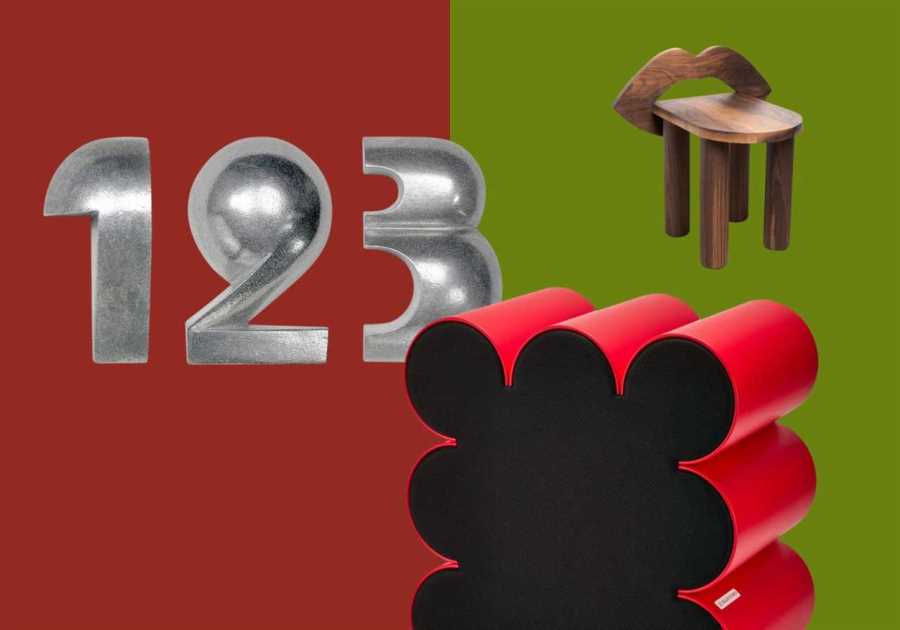Bankruptcy is a federal measure that allows people in debt to start fresh.
This legal process can protect you from your creditors. Bankruptcy proceedings, which are not for everyone with debt, can be helpful, depending on your circumstances. There is more than one bankruptcy proceeding type—five different types. The two most common are known as chapter 7 and chapter 13 proceedings.
Usually, when people talk about “declaring bankruptcy,” they mean Chapter 7. Chapter 7 is the procedure that allows you to erase everything, avoiding almost all your debts without making any more payments in the future.
There are strict limits on how often a person can file for chapter 7 proceedings.
Chapter 13 is a different type of settlement. It allows you to consolidate your debts and pay off all or part of them while protecting you from being harassed by your creditors.
It is often an excellent alternative when the Consumer Credit Council or Chapter 7 are not available options.
Understanding Chapter 13 Bankruptcy
Bankruptcy 13 gives you a fixed term to resolve your financial arrears. After analyzing your finances, we can propose a payment plan for 3 to 5 years to the Court.
The 13 bankruptcy is different from the 7. It requires monthly payments based on income and is aimed at people who cannot file a seven-bankruptcy due to their financial resources.
Several conditions must be met to file a 13 bankruptcy successfully. You must earn enough to convince the Court that you have money available from your income and propose a payment plan to repay your debt.
If you cannot develop a reasonable repayment plan, the Court will not approve the bankruptcy 13.

Bankruptcy 13 also allows you to cut the payment of second mortgages on the debtor’s residence when the estate’s value is less than the balance of the first mortgage. It also allows you to reduce your secured debt balance to a pledged personal property value. In this sense, in-vehicle loans, the debt can be divided into guaranteed and unsecured, and you can pay only the guaranteed amount according to the asset’s current value.
A second mortgage elimination action will be treated as unsecured debt and partially paid in the payment plan. Similarly, with vehicles, the debt is only paid up to the asset’s market value, and the non-guaranteed balance is partially paid within the plan.
Understanding Chapter 7 Bankruptcy
Bankruptcy protects you from collection agencies, wage garnishments, bank account garnishments, foreclosures on your home, and vehicle repossessions. The Court issues an automatic stop and collection order that protects you from these actions from the first day of bankruptcy.
If you are not yet in a collection but can no longer handle your credit card debt, medical bills, personal loans, repossessions, etc., we can help you.
If you are in long-term delinquency or facing an impending foreclosure on your home or repossession of your vehicle, we can help.
If your situation is one of the above, Chapter 7 can provide you with the protection you need and help you get ahead. Allow attorney Jorge Halperin to guide you.
Understand Chapter 11 Bankruptcy
Chapter 11 allows a business to reorganize its operations and finances while continuing day-to-day operations.

How Long Does the Bankruptcy Process Take?
After Chapter 7 bankruptcy is filed, it generally takes three months to complete.
Of the creditors: However, you are effectively discharged of your debts when bankruptcy is filed. If all your aid is exempt, and no one objects to your discharge, you will receive your discharge of debts about 60 days after the filing. (This meeting happens about 30 days after you file the petition that starts the case.) The terms for chapter 13 are different.
The Chapter 13 plan usually is three years, although you can extend it to five years under certain circumstances.
If you filed a Chapter 7 bankruptcy and got a discharge of your debts, you must wait eight years before filing another chapter 7.
You cannot get a discharge in a Chapter 13 case if you have received the following:
A settlement in a prior Chapter 7, 11, or 12 patients that you filed in the four years before the current Chapter 13
However, there are circumstances where you can initially file a Chapter 7 and later a Chapter 13 in less time. Talk to a bankruptcy attorney to see if this approach (known as Chapter 20) is appropriate for your circumstances.
Do I Need an Attorney to File for Bankruptcy?
Individuals and sole proprietors are not required by law to retain an attorney. But you may want to discuss an attorney to ensure that bankruptcy is the best option for you and, if so, that you are taking the proper steps to file.
Also, know that filling out all the required documents can be difficult. If you decide to do this independently, you can get an information packet by contacting the Bankruptcy Court. About Complete Controller® – America’s Bookkeeping Experts Complete Controller is the Nation’s Leader in virtual bookkeeping, providing service to businesses and households alike. Utilizing Complete Controller’s technology, clients gain access to a cloud platform where their QuickBooks
About Complete Controller® – America’s Bookkeeping Experts Complete Controller is the Nation’s Leader in virtual bookkeeping, providing service to businesses and households alike. Utilizing Complete Controller’s technology, clients gain access to a cloud platform where their QuickBooks file, critical financial documents, and back-office tools are hosted in an efficient SSO environment. Complete Controller’s team of certified US-based accounting professionals provide bookkeeping, record storage, performance reporting, and controller services including training, cash-flow management, budgeting and forecasting, process and controls advisement, and bill-pay. With flat-rate service plans, Complete Controller is the most cost-effective expert accounting solution for business, family-office, trusts, and households of any size or complexity.
file, critical financial documents, and back-office tools are hosted in an efficient SSO environment. Complete Controller’s team of certified US-based accounting professionals provide bookkeeping, record storage, performance reporting, and controller services including training, cash-flow management, budgeting and forecasting, process and controls advisement, and bill-pay. With flat-rate service plans, Complete Controller is the most cost-effective expert accounting solution for business, family-office, trusts, and households of any size or complexity.
 The post Which Chapter Should I File? Know Your Bankruptcy Options first appeared on Complete Controller.------------
The post Which Chapter Should I File? Know Your Bankruptcy Options first appeared on Complete Controller.------------Read More
By: Complete Controller
Title: Which Chapter Should I File? Know Your Bankruptcy Options
Sourced From: www.completecontroller.com/which-chapter-should-i-file-know-your-bankruptcy-options/
Published Date: Sat, 19 Nov 2022 18:00:49 +0000
.png)





